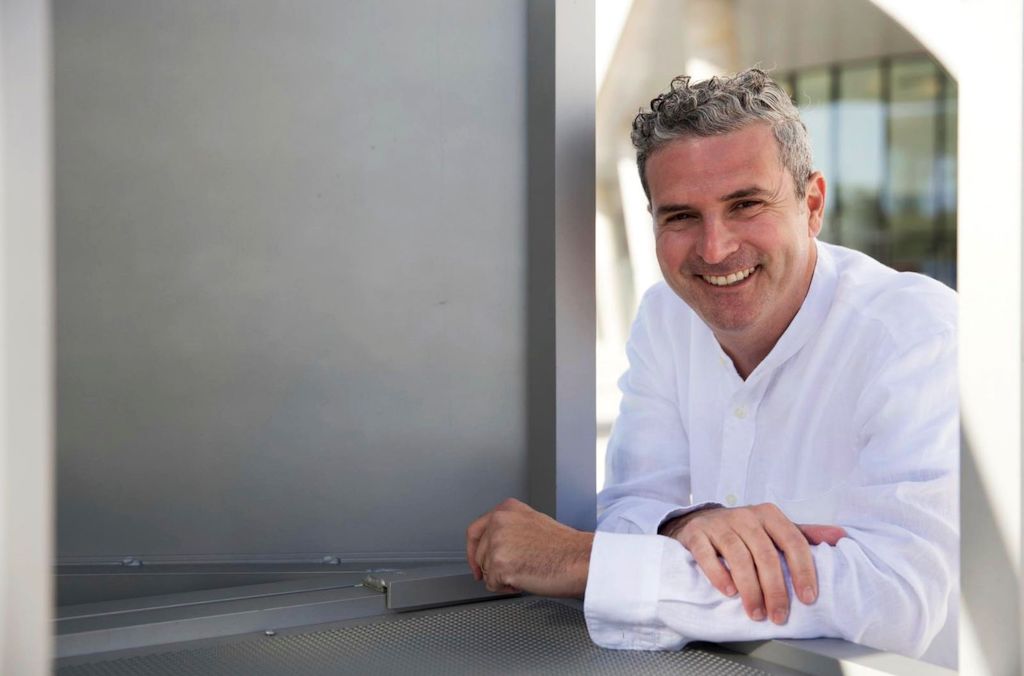As human regardless of the technology around we are exposed to messages based on two factors: media and messaging.
Media now is almost entirely digital, and is mainly consumed on smartphones. Our exposure to the screens of our mobile devices (smartphones, tablets, laptops, smart watches, etc.) has increased significantly in recent years. 2019 is the first year ever that consumers will spend more time using their mobile devices than watching TV (linear or On Demand).
On average, we spend 7 hours a day connected to some screen, and most of that time is spent on social media Apps. Young people can peak at up to 12 hours of exposure. Since our brain can only process 120 bits of information per second and the amount of information that comes from screen has multiplied, we should find a way to manage our screen time to reduce it and ultimately get the most out of it.
On the messaging side, historically it was the media (first the traditional TV, Radio and Press) then the digital media (On the Internet, social media or Apps) that promoted lines of opinion or information. However, in the last 5 years (and more rapidly the last 3 years), influencers on social media are adding content that allows molds, changes, and activates the opinions of the masses.
In most of the media, the editorial line is used to communicate what generates ratings or views, giving important weight on the daily news to sensationalist stories and interviews that highlight the negative happenings of the world.
Considering the complicated, convulsed, and violent nature of our times and the limited capacity that we have to process information, it makes sense to think that both the companies that manage the social network environment (Facebook, Google, Twitter, and Snapchat) as well as those that contribute adding content are making an effort to increase the volume, frequency, and exposure of positive messages. These would promote efforts to improve of the lives of those who need it most, increase awareness for foundations that promote the common good, and call attention to global initiatives for well-being (such as those of the United Nations).
It would seem to be a complicated task for those companies to achieve. However, we think it is possible if we define a way for each and every one of us as consumers and influencers on social networks to participate.
Imagine that 5% of our social media posts are related to the promotion of common good initiatives. Then, we should add our own individual measure to be certified as Influencers For Good (IForGood), where 1 in 20 of our stories, videos, photos, etc. seek to increase the welfare of our society.
The impact that this initiative could have on the promotion of good would be only one of the benefits, since having more people involved in the promotion of good would achieve a multiplier effect. Empathy and compassion would make our levels of personal happiness increase, while the opportunities to get involved as individuals in actions would bolster our sense of purpose in life.
Although I believe the movement should start at the individual level and work its way up through groups of people coming together, I consider it vital forleading tech companies to become actively involved. This could be achieved by increasing the exposure of people/messages that are part of IForGood through the different algorithms behind their social media networks.
Positive change begins within each one of us; but considering that technology traps us for long periods of time as part of our leisure and work, we should make ourselves the center of a group effort to spread the message of goodness, compassion, altruism, kindness, and gratitude in social media.
Join us now in this initiative tagging influencers, communities, and efforts aligned with this idea of influencing the lives of others for good with the hashtag #Iforgood.
Our goal is for news relating to initiatives for positive change and global well-being to comes to us more often and more frequently, adding happiness in our lives and the lives of those who need it the most.


